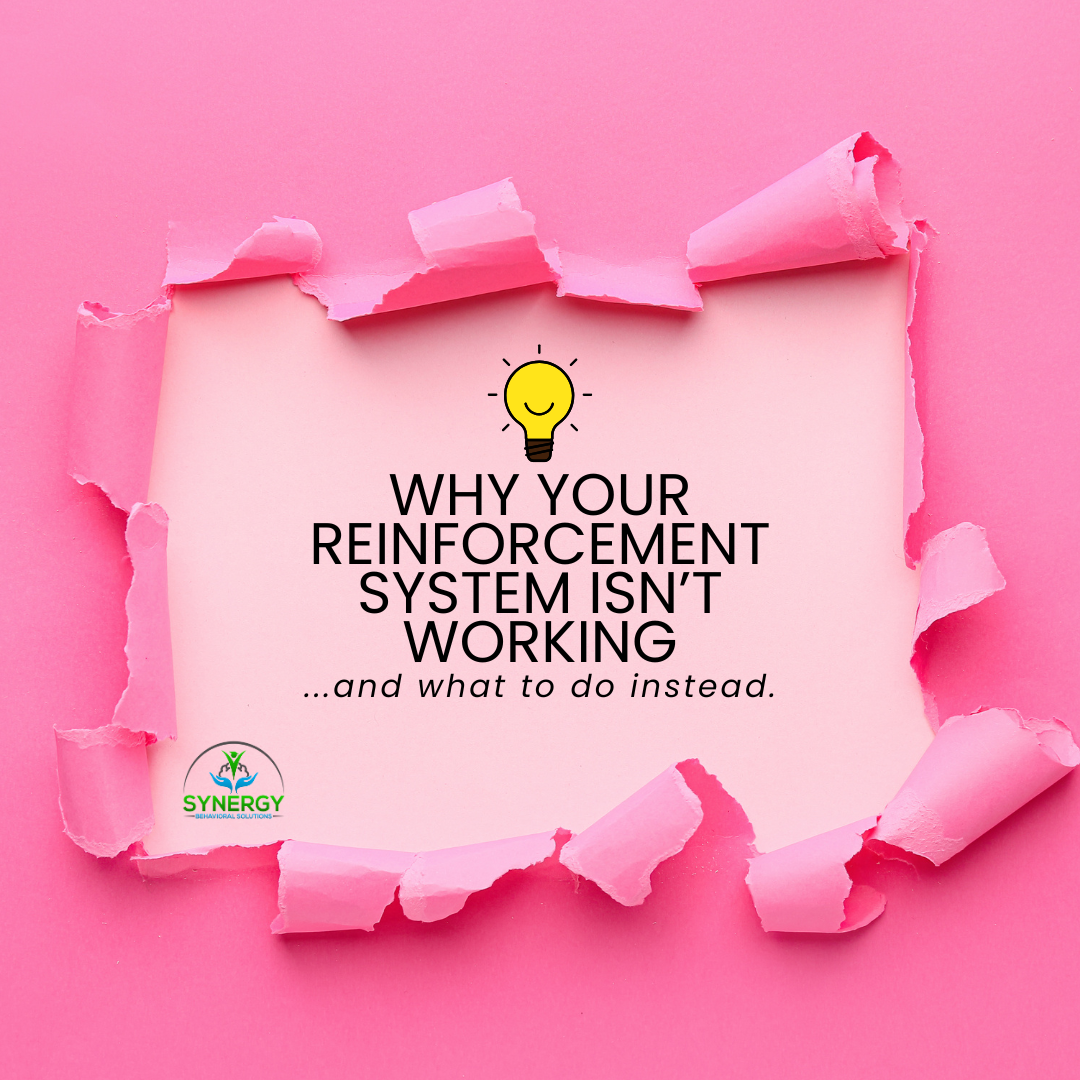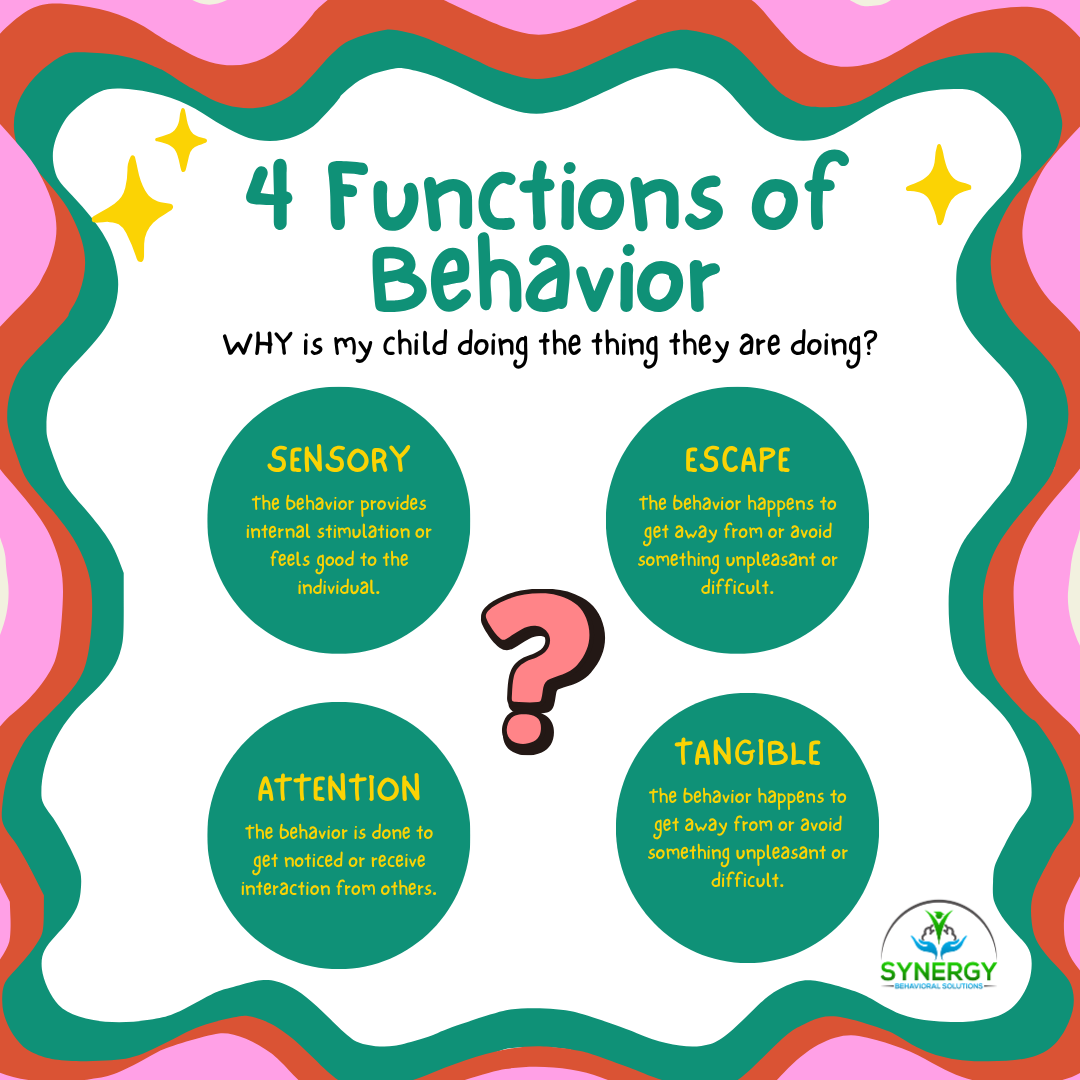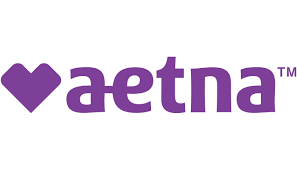
Why Reinforcement Systems Don't Work for Kids (And What to do Instead)
If you’ve ever created a sticker chart, a token board, or a reward system—only to watch it fizzle out after a few days—you’re not alone. Many parents and educators feel frustrated when reinforcement systems don't "stick" or when kids stop caring about the rewards altogether. One of the first questions I ask school teams or families is "what are you using for a reinforcement system?" When the systems in place are not working, it typically boils down to one of these 6 issues.
The truth is: reinforcement systems fail when ABA principles aren’t being followed.
Here’s why they tend to break down—and how to fix them using evidence-based strategies from Applied Behavior Analysis.
1. The Reward Isn’t Actually Reinforcing
Just because we think something is motivating doesn't mean it functions as a reinforcer for the child.
ABA Reminder: A reinforcer is defined by its effect on behavior—not by intention.
- The child “doesn’t care” about the reward.
- The reward is too delayed or too abstract (“You’ll get a prize on Friday!”).
- The same reward is offered every time and motivation fades.
✅ Fix It With ABA: Conduct a quick preference check—offer choices and see what your child gravitates toward in that moment. Motivation is fluid, not fixed.
2. Reinforcement Is Too Delayed
A child earns a token at 9 AM but doesn’t cash in until the end of the day (or week). That works for adults—not for developing brains.
ABA Principle: Reinforcement must be immediate (especially for young learners or kids with ADHD or autism).
- Long wait times = lost motivation.
- Kids forget why they’re earning tokens by the time reinforcement happens.
✅ Fix It With ABA: Start with high-frequency, immediate reinforcement, then gradually fade to longer intervals once behavior is stable.
3. Expectations Aren’t Clear or Observable
“Be good,” “Make good choices,” or “Have a good day at school” are not behaviors that can be measured.
ABA Principle: Behavior must be specific, observable, and measurable in order for reinforcement to connect clearly.
✅ Fix It With ABA: Swap vague language for clear targets:
- “Keep hands to self.”
- “Use kind words.”
- “Follow directions the first time.”
4. Reinforcement Isn’t Consistent
One day the child earns tokens, the next day everyone forgets. Or reinforcement only happens when an adult remembers.
ABA Reminder: Inconsistent reinforcement creates extinction, confusion, or power struggles.
✅ Fix It With ABA: Build predictability. If a behavior earns reinforcement once, it should earn reinforcement every time during teaching phases.
5. The System Focuses Only on Earning—Not Teaching
Sometimes adults rely on token systems to control behavior rather than teach skills. But ABA emphasizes skill building over compliance.
A reinforcement system is not a punishment system. It should help kids learn what TO do, not just what not to do.
✅ Fix It With ABA: Pair reinforcement with visuals, modeling, and practice, so the child knows exactly what behavior will help them succeed.
6. Reinforcement Isn’t Faded Correctly
Parents and teachers often worry about kids becoming “reward dependent” and pull reinforcement away too soon—causing behavior to fall apart.
ABA Principle: Reinforcement should be systematically faded, not removed abruptly.
✅ Fix It With ABA: Gradually increase the response requirement (behavioral momentum) or move from tangible rewards to social praise, independence, and natural reinforcement.
The Goal of Reinforcement Isn’t Control...It’s Empowerment
ABA-based reinforcement systems work when they are used to teach,
not to bribe.
When done right, reinforcement:
- Builds internal motivation over time
- Helps kids understand expectations clearly
- Creates momentum and success rather than power struggles
- Fades gradually into independence and pride
At Synergy Behavioral Solutions, we believe behavior change should feel empowering, predictable, and compassionate—for both kids and adults.
Want a Free Reinforcement Audit?
I can review your current reward system and tell you exactly where it’s breaking down using ABA principles. Just send me a picture or quick description, and I’ll give customized feedback!






